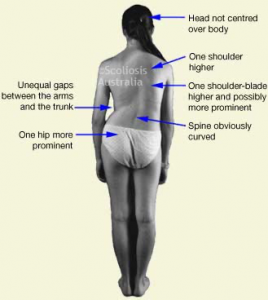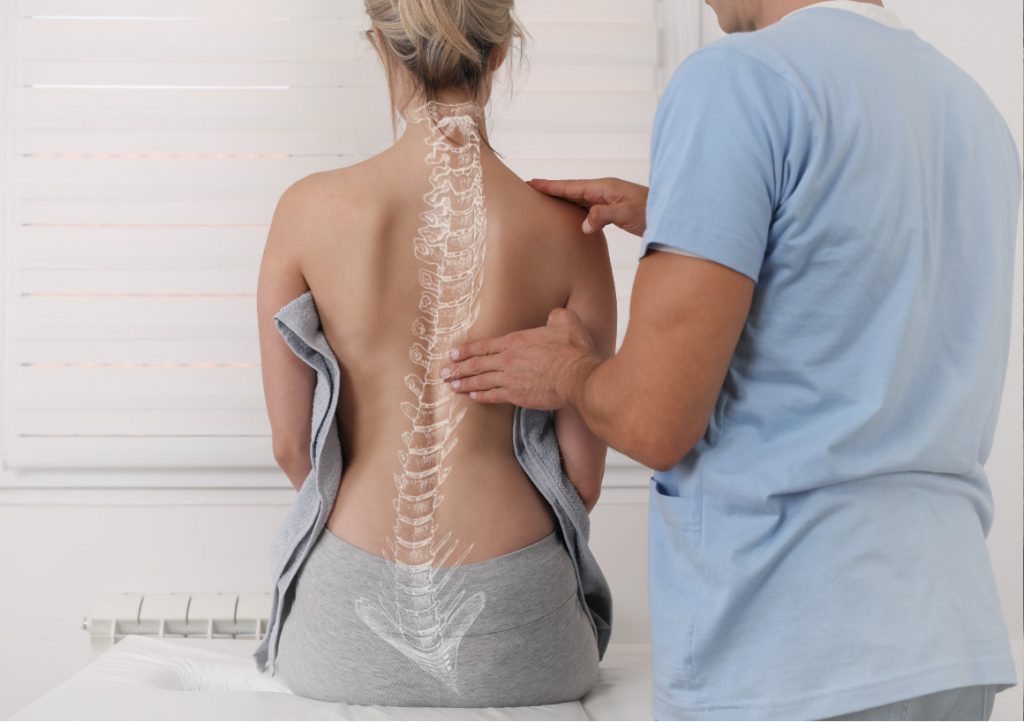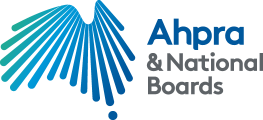The term scoliosis was a Greek word that means curved or bent. Today though, it is used to describe the most common spinal curvature.
Scoliosis develops when the spine bends sideways but also rotates along its vertical axis. Most of the time scoliosis is idiopathic, meaning there is an unknown cause.
Scoliosis is named according to where the apex of the curvature of the spine occurs. These curves commonly occur in the thoracic (mid-back) and thoracolumbar (junction between the thoracic and lumbar) areas of the spine. Scoliosis does not commonly occur in the neck.
Visible signs of scoliosis can include:
- Head not centred over middle of hips
- One shoulder appears higher than the other
- One shoulder blade more prominent
- Rib cage shifted to one side
- Waist appears asymmetrical
- One hip appears lower than the other
- Clothes don’t tend to fit properly

Physiotherapy can help with scoliosis to help restore normal spine range of motion, muscle length and resting tension, muscle strength, breathing mechanics, endurance and core stability.
If you have any questions or would like to book in to see one of our physiotherapists, please do not hesitate to contact Get Active Physiotherapy on 1300 891 011 or email us at admin@getactivephysio.com.au




